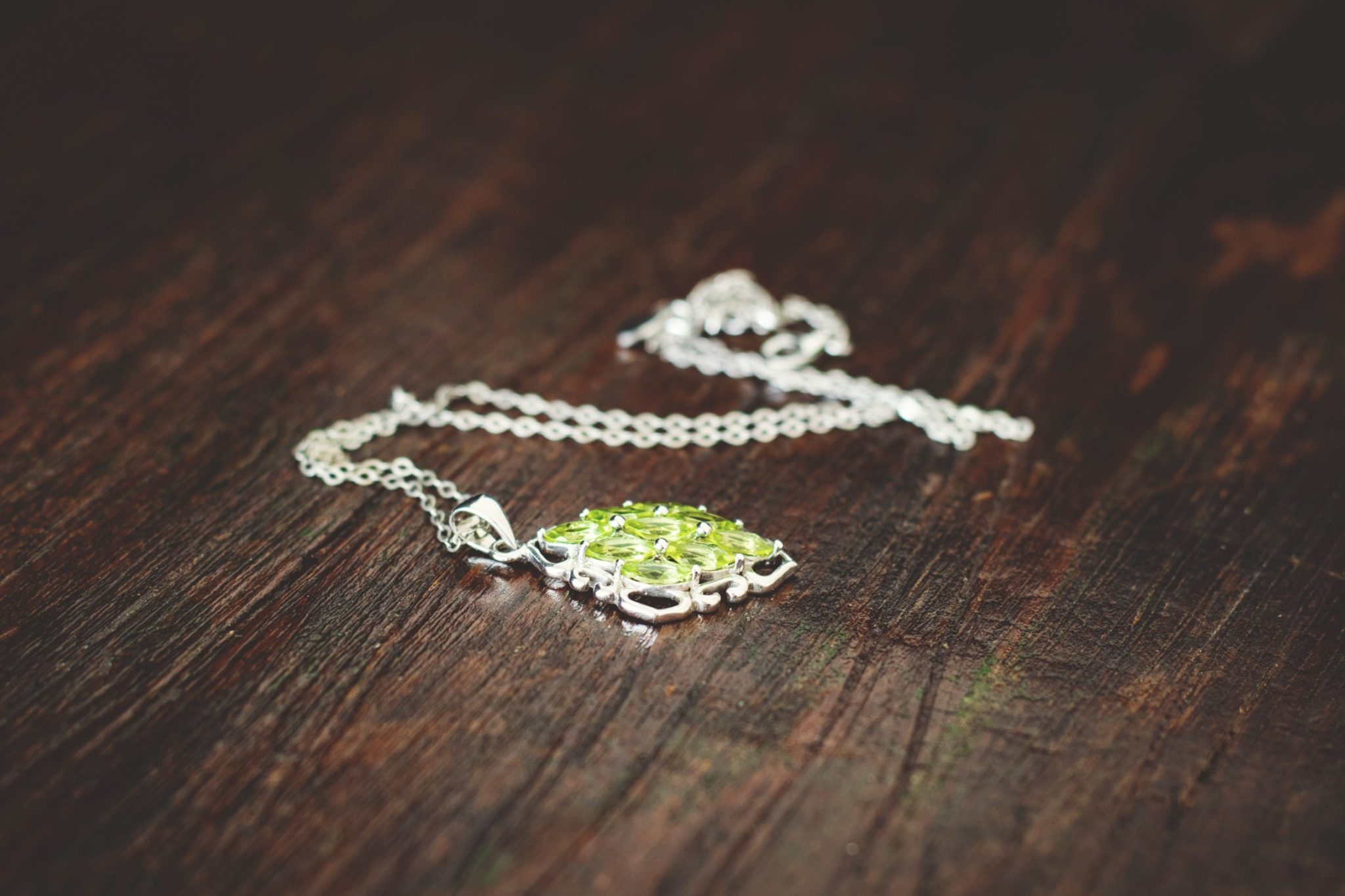When it comes to jewelry, there are convincing fakes and there are unimpressive gems (literally). Some simple tests can save you a trip to the appraiser if it turns out the pieces are fake.
Jeweler’s Stamp
The first thing you want to do to determine whether jewelry is authentic is to check for markings. No, don’t throw it in a fire and wait for Elven script to appear, silly hobbit. Instead, look for karats on gold and the the letter S or number 925 on silver. Of course, a clever counterfeiter might stamp a fake ring, but costume jewelry won’t be stamped. Be aware, however, that rings purchased outside the U.S. also might not be stamped.
Read More: Antique or Old Junk? How to Identify Antiques
The Magnet Test
Hold gold or silver up to a magnet, and it won’t stick. The problem with this test is that some other metals share this property, so it doesn’t completely eliminate the possibility of less valuable materials.
Signs of Wear
If the metal is a different color in spots where the jewelry is worn down, it’s likely gold- or silver-plated.
Chemical and Physical Tests
You can investigate deeper by subjecting the jewelry to physical and chemical tests. If you don’t want to risk damaging a potentially valuable find, it’s best to have an appraiser take a look.
Take it to an Appraiser
A professional appraiser will know how to identify metals and gems without damaging jewelry. They’ll be able to tell you the karats, whether it’s pure or coated, whether the gems are natural or lab-made, whether the style can be considered antique, and what all of that means for insurance valuation. This value indicates how much you can collect if your insurance covers the item against theft or damage. It does not necessarily indicate the resale value.
Want more helpful tips? Upgrade to our Auction Buyer Pro Membership!








